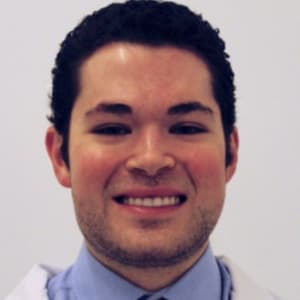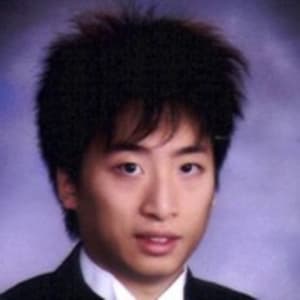
Alexander, Y. Z. Li

Blaine, D. Radley

Kevin, R. Francois

Dani Stanbouly

Brendan, W. Wu

Peter, D. Quinn

Eric, J. Granquist

Helen, E. Giannakopoulos
 Alexander, Y. Z. Li |  Blaine, D. Radley |  Kevin, R. Francois |  Dani Stanbouly |  Brendan, W. Wu |  Peter, D. Quinn |  Eric, J. Granquist |  Helen, E. Giannakopoulos |
Alexander Y. Z. Li1, Blaine, D. Radley1, Kevin, R. Francois1, Dani Stanbouly2, Brendan, W. Wu3, Peter, D. Quinn1, Eric, J. Granquist1, Helen, E. Giannakopoulos1
Helen, E. Giannakopoulos1
1Oral and Maxillofacial Surgery, University of Pennsylvania School of Dental Medicine; 2Oral and Maxillofacial Surgery, DDS Candidate, Columbia University College of Dental Medicine; 3Oral and Maxillofacial Surgery, Resident, New York University Langone Health
Introduction
This is a retrospective cohort study to review all the cases in which patients have undergone alloplastic TMJ reconstruction from 2011-2021 at the Hospital of University of Pennsylvania. The primary objective is to determine the heterotopic ossification incidence between two competing FDA-approved alloplastic implants (Zimmer Biomet© and TMJ Concepts©), and secondary endpoint to perform statistical analysis to identify the risk factors of heterotopic ossification.
Methods
The selected cohort included patients who have had at least one temporomandibular joint replacement and/or revision during the surgical catalog period from 2011 to 2021, determined by CPT billing codes 21243 (arthroplasty, TMJ, with prosthetic joint replacement) and 21025 (excision of bone, lower jaw). The major metrics that were analyzed for each surgical encounter were: (1) Wilkes classification; (2) surgery type; (3) TMJ prosthetic device; (4) heterotypic ossification location, discovery time, and symptom duration; (5) number of previous surgeries and specific procedures; (6) maximal incisal opening (MIO) in millimeters at pre-operative and post-operative; (7) TMJ pain rated out of 10 at pre-operative and post-operative.
Results
During the decade, a total of 330 TMJ replacements (TMJR) and TMJ revisions (TMJREV) were performed in 269 patients, with an average age of 49 years and 87.7% female and 12.3% male. The majority of patients who underwent TMJR/TMJREV did not have inciting incidents nor previous TMJ surgeries. The incidence of heterotopic ossification was found to be in total of 12.6% of all patients, with the most common location in the mandibular condyle.
Conclusion
Patients who underwent total joint replacement have low likelihood in contracting heterotopic ossification. The pathogenesis of heterotopic ossification is complicated in the temporomandibular joint as it may involve trauma, inflammation, and hypoxia.